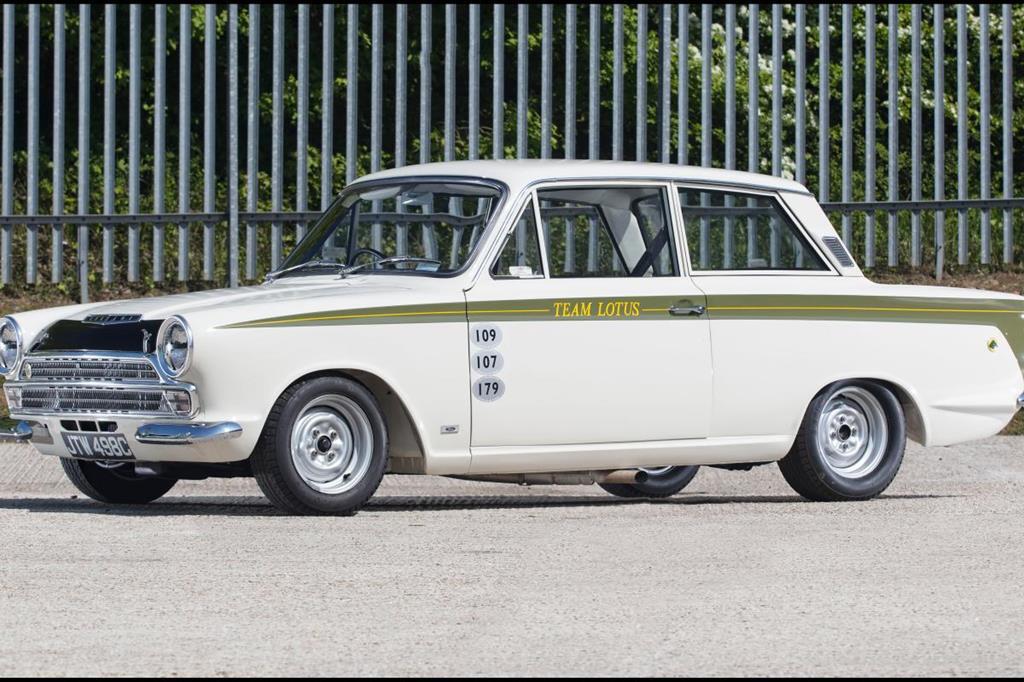|
|
|
Sept 25, 2018 3:07:08 GMT
|
You say digital dashboard? I say Lancia Orca (Concept 1982) 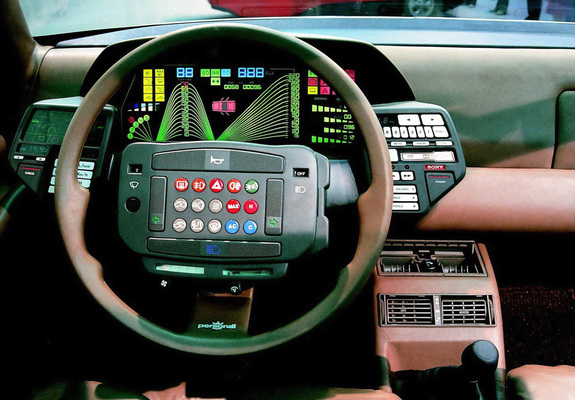 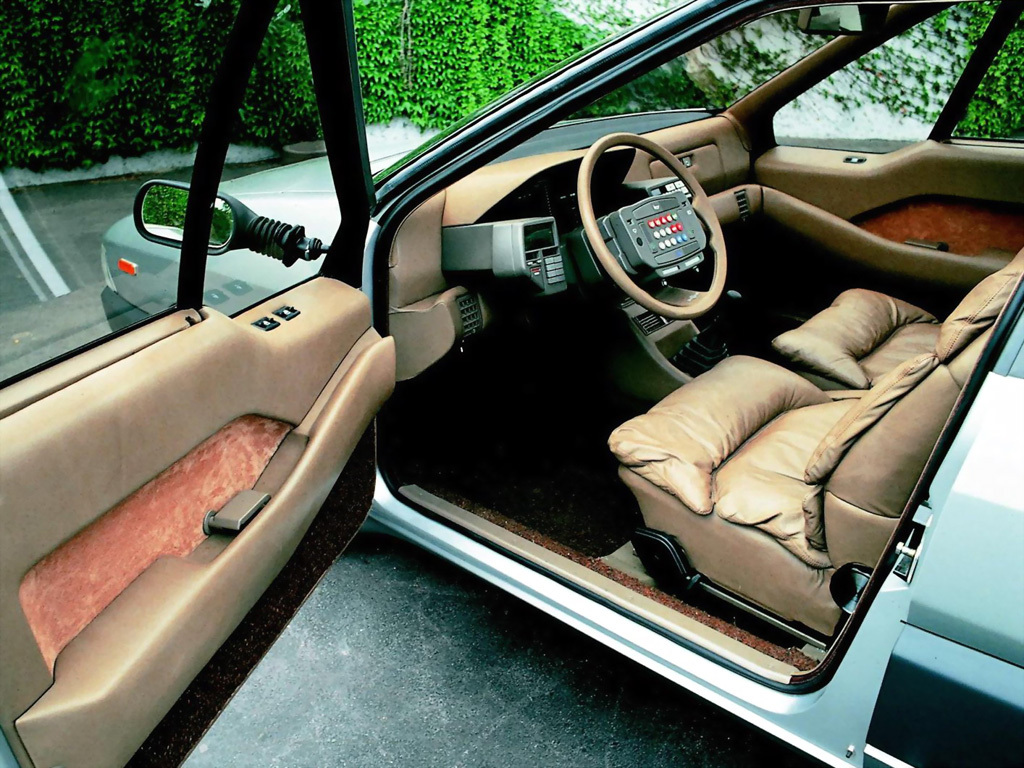 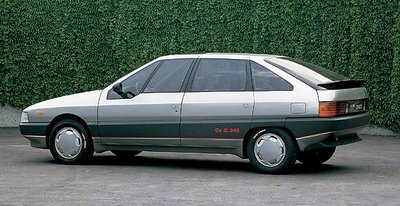 (I am not able to work at the moment and have way to much time on my hands. Luckily there is RR) |
| |
|
|
|
|
|
|
|
Sept 25, 2018 21:02:20 GMT
|
I'll see your Digital Dash and raise you a TALKING dashboard, from the good ol' twin-carb MG Maestro 1600. Hard to believe that Austin Rover was prepared to go all techy with the dash yet still run carbs.  |
| |
|
|
vulgalour
Club Retro Rides Member
Posts: 7,285
Club RR Member Number: 146
|
|
Sept 26, 2018 0:03:10 GMT
|
The Maestro is a surprisingly long lived old thing. The design hails from the 70s and wasn't really even updated when it was released in the 80s and yet it still did surprisingly well despite that. They're an odd size too, being bigger than most hatchbacks but smaller than pretty much every estate, so they sat in an odd market sector as a result. That said, they were used and abused in large numbers in every trim level from fleet friendly diesels all the way up to posh Vanden Plas with its lashings of OAPpeal. There were hot versions with the MG badge, a surprisingly good hot hatch it was too with the turbo being the most appealing of the bunch and something that has finally started to see some appeal in the classic car crowds which is certainly well overdue. On the same basic platform you got the Montego saloon and estate, and of course the Maestro van. There's still quite a few chugging about just as regular cars. They got these very right, even if they were built to a price. It seemed that the Maestro was destined, like the Minor before it, to be in production forever. It wasn't glamourous or particularly nicely finished for most versions, but it was a familiar thing, and easy to keep running for the most part. You knew where you were with a Maestro right up until the mid-90s with the Rover 200/400 range being released in 1989 (overlapping production of the two cars), a better car in pretty much every regard and with a Rover price tag to match. The story for Maestro wasn't over. Rover tried to make the best of all the Maestro stuff it had left over by teaming up with Bulgarian company Varna to create Rodacar, the goal being to have them construct the Maestro in complete knock down kit form. It wasn't to be, and just a couple of years later the Maestros came home again and were bought by Ledbury and Apple 2000. I had a Ledbury Maestro, and I commuted in it. It felt pretty solid and was incredibly reliable but also incredibly dated and was the slowest car I've ever experienced... It was a 1997 model that I had, Apple 2000 kept selling them into the 21st century! Just as the last new Maestros were sold in the UK, the tooling and rights were bought by a company (Etsong) in China and pressed the Maestro back into production for a couple of years. Etsong got out of building cars and sold their car making concern to another chinese company, FAW, in 2003 who would then go on to continue producing the Chinese version of the Maestro until 2006, finally retiring the by now very outdated design to another company (Yema) who started up making Maestro vans in 2008. Amazingly, the story still isn't over! Yema were using the Maestro underpinnings to be the platform for a new SUV, the Yema F12, as late as 2012. So effectively, the Maestro was in production still looking like a Maestro, in one form or another, almost continuously from 1980 to 2008, an impressive 28 year run. Another car with an impressive production run that has jumped borders is this, the Volkswagen Santana, often seen in various forms still plying its trade as a taxi in China, usually in very 90s metallic two-tone paint. An impressive 27 year run for this car.  |
| |
Last Edit: Sept 26, 2018 0:05:30 GMT by vulgalour
|
|
|
|
|
Sept 26, 2018 19:02:58 GMT
|
The VW Santana was also sold in Brazil as the Ford Versailles, and a two door estate version called the Ford Royale  |
| |
|
|
|
|
|
Sept 26, 2018 19:11:38 GMT
|
vauxhall also had a royale, which was, as with all things late 70s, another badge engineered stable mate to the opel monza. they were even produced on the russelsheim production line and shipped over complete. 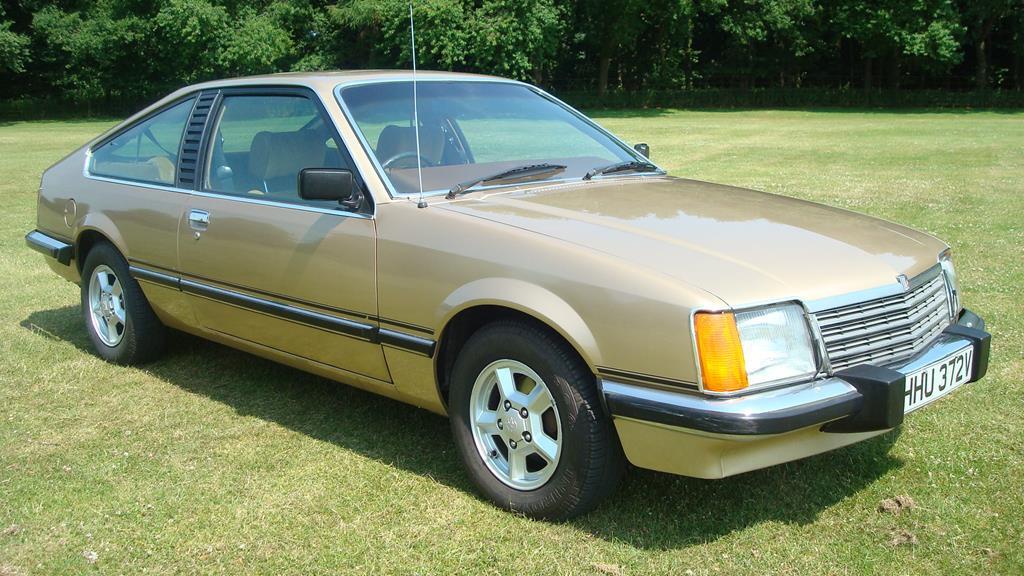 |
| |
Last Edit: Sept 26, 2018 19:15:04 GMT by darrenh
|
|
Samage
Posted a lot
  
Posts: 1,467
|
|
Sept 26, 2018 19:47:24 GMT
|
The Royale/Senator platform also served as the basis for the Bitter SC.  As an extra fun fact, Bitter worked with Ferguson (of tractor fame) to produce a 4WD version of the SC - and they also offered 4WD conversions for the Royale or Senator using the same kit! |
| |
|
|
|
|
|
Sept 26, 2018 20:22:30 GMT
|
Ferguson also worked on another large coupe to give it 4 wheel drive in the 60s. Step forward the epic Jensen FF  |
| |
Last Edit: Sept 26, 2018 20:24:52 GMT by mrbounce
|
|
|
|
|
Sept 26, 2018 22:14:41 GMT
|
I did not know that the Jensen above is apparently different from the Jensen Interceptor  The letters FF stand for Ferguson Formula, after Ferguson Research Ltd., who invented the car's four-wheel drive system. The FF is related to the similar-looking, rear-wheel drive Jensen Interceptor, but is 127 mm (5.0 in) longer, and mechanically very different. |
| |
|
|
|
|
|
Sept 26, 2018 22:26:08 GMT
|
But, who could forget the most famous Interceptor of all times. The True Blue Aussie Ford Falcon Coupe. 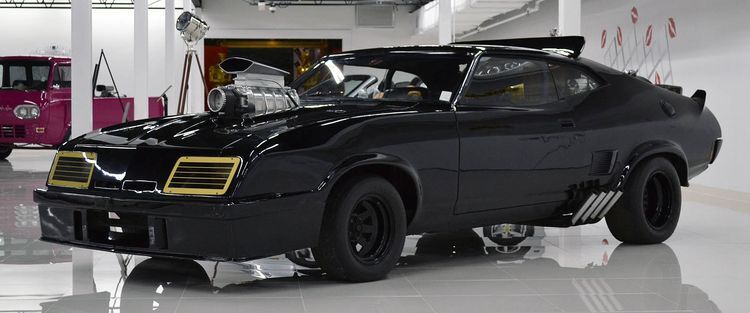 The Pursuit Special, also referred to as the Last of the V8 Interceptors, is the iconic black GT Falcon muscle car featuring a distinctive supercharger driven by the title character Mad Max during much of the Mad Max franchise, where it appears in Mad Max, Mad Max 2: The Road Warrior and in Mad Max: Fury Road. The vehicle started out as a standard white 351 cu in (5.8 L) Australian built 1973 Ford Falcon XB GT Hardtop. The main modifications are the black paint scheme, roof and boot spoilers, wheel arch flares, and front nose cone and air-dam designed by Arcadipane (marketed as the "Concorde" style). Also, eight individual exhaust side pipes were added (only two of them being functional, others appeared to be working because of the vibrations the first two created). The most famous feature of the car is a Weiand 6-71 supercharger[5] protruding through the bonnet. The impressive looking supercharger, in reality, was nonfunctional; functional superchargers are typically driven constantly by the engine and cannot be switched on and off, as portrayed in the first two Mad Max films. |
| |
|
|
vulgalour
Club Retro Rides Member
Posts: 7,285
Club RR Member Number: 146
|
|
Sept 26, 2018 23:30:40 GMT
|
Speaking of things that don't work but look cool, did you know the bonnet vents on the Mk1 Toyota Celica are purely for show? Sure, some people have cut holes in the bonnet to make them functional, but from the factory they did nothing useful at all.  |
| |
|
|
rodharris83
Club Retro Rides Member
Day Dreamer...
Posts: 775
Club RR Member Number: 4
|
|
Sept 27, 2018 6:49:51 GMT
|
The Mk 1 Toyota Celica was aimed at the North American market and was their response to the 1964 Ford Mustang:  |
| |
|
|
|
|
|
Sept 27, 2018 17:35:56 GMT
|
The most famous feature of the car is a Weiand 6-71 supercharger[5] protruding through the bonnet. The impressive looking supercharger, in reality, was nonfunctional; functional superchargers are typically driven constantly by the engine and cannot be switched on and off, as portrayed in the first two Mad Max films. you could maybe do it with an electromagnetic clutch much like AC compressors, but yeah, it wouldn't turn off the belt  |
| |
|
|
|
|
|
Sept 27, 2018 22:56:46 GMT
|
I like to go for a swim and take you back to Australia. In 1964 Ford brought out this new Ford Falcon Wagon  The XM Falcon was built from Feb 1964-Feb 1965. The XM was another styling facelift of the original XK, with a much heavier and impressive front grille. The XM Falcon got a lot more Australian input and was now quite different to its US equivalent. Also finally, the front suspension troubles were cured completely with the use of strengthened components. The big news was, a 2 door Hardtop was introduced and also the 200 cu in Super Pursuit engine. Engines; 144, 170 Pursuit and 200 Super Pursuit Sedan; Standard, Deluxe or Futura New Hardtop; Deluxe or Futura Wagon; Standard, Deluxe or Squire (with fake wood side panels) Again the Deluxe got a single chrome side strip, the Futura, twin chrome strips forming an arrow at the front Also Utility and Van; Standard or Deluxe |
| |
|
|
eurogranada
Europe
To tinker or not to tinker, that is the question...
Posts: 2,556
|
|
Sept 28, 2018 6:33:46 GMT
|
The most famous feature of the car is a Weiand 6-71 supercharger[5] protruding through the bonnet. The impressive looking supercharger, in reality, was nonfunctional; functional superchargers are typically driven constantly by the engine and cannot be switched on and off, as portrayed in the first two Mad Max films. you could maybe do it with an electromagnetic clutch much like AC compressors, but yeah, it wouldn't turn off the belt  I had the exact same thought, except for..... Wouldn't it turn off the belt if you applied that magnetic clutch principle to the pulley that drives the belt? If you do it at the charger end the belt would always run but the other way round? Sorry, this just sparked something inside my head and it wouldn't let go... |
| |
|
|
|
|
|
Sept 28, 2018 17:18:46 GMT
|
you could maybe do it with an electromagnetic clutch much like AC compressors, but yeah, it wouldn't turn off the belt  I had the exact same thought, except for..... Wouldn't it turn off the belt if you applied that magnetic clutch principle to the pulley that drives the belt? If you do it at the charger end the belt would always run but the other way round? Sorry, this just sparked something inside my head and it wouldn't let go... in theory, yes, although youd have to get electricity to the crankshaft  |
| |
|
|
Samage
Posted a lot
  
Posts: 1,467
|
|
Sept 28, 2018 22:04:00 GMT
|
I like to go for a swim and take you back to Australia. In 1964 Ford brought out this new Ford Falcon Wagon  Not a particularly interesting link but... Estate? Check. Faux wood? Also check.  |
| |
|
|
|
|
|
Sept 28, 2018 22:22:55 GMT
|
The original Mini Clubman, introduced in 1969, was initially intended as a hatchback design, but ended up as the standard 2-door Mini design but with a revised front end, doors and interior. The designer was one Roy Haynes, head-hunted at doubtless great cost from Ford, where he'd just finished the Mk2 Cortina. Note the similarities in the grille design...  |
| |
Last Edit: Sept 28, 2018 22:23:45 GMT by mrbounce
|
|
|
|
|
Sept 29, 2018 11:04:54 GMT
|
|
|
| |
Last Edit: Sept 29, 2018 11:08:08 GMT by darrenh
|
|
|
|
|
Sept 29, 2018 14:21:06 GMT
|
The Edsel was featured in all-time awesome car movie American Graffiti, being driven by Kurt's sister Laurie. She ends up getting out of the Edsel (probably a good plan) into Bob Falfa's '55 Chevy, which then heads out to Paradise Road for the final race against Milner's Deuce Coupe. Apparently the same 55 was used in Two Lane Blacktop.  |
| |
|
|
mfrv1
Part of things
 
Posts: 267
|
|
Sept 29, 2018 19:29:08 GMT
|
The 55 Chevy in Two Lane Black Top was the inspiration for this:  ...any excuse... |
| |
|
|






























